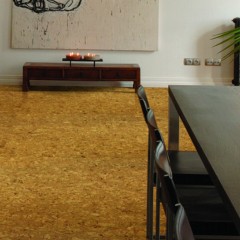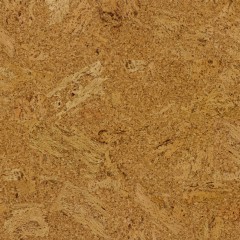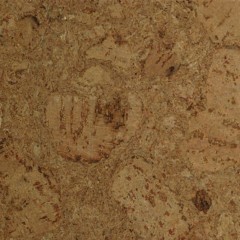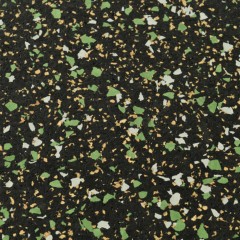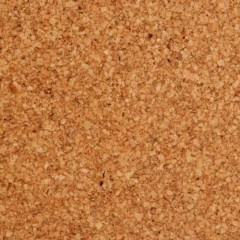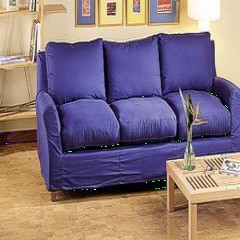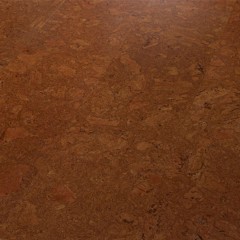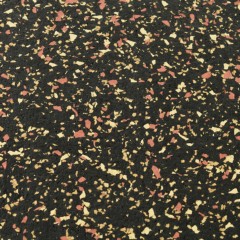Options for Cork Flooring
If cork isn’t a type of flooring that you’d normally consider using, it might be time to change your way of thinking. Cork flooring is durable, versatile, eco-friendly and looks great, making it a choice well worth researching. It is a flooring material you can use with commercial or residential layouts.
It works as a primary floor or an underlayment. The cork plank flooring that we source at Greatmats is a fully renewable resource, too. If you want beautiful flooring you’ll be proud to install and show off, we have just two words for you – consider cork!
Types of Cork Floor Mats for a Gym, Office, or Home
At Greatmats, we offer three different types of cork flooring from which you can select.
Cork Laminate Planks
Cork laminate planks work similarly to vinyl planks, but they use natural colors and patterns. They create noise resistance, shock-absorbing capabilities, and thermal insulation. These tiles are easy to install with a tongue-and-groove edge and do not require adhesive.
Cork Underlayment Roll
An underlayment roll made from cork works for residential or commercial installations. It absorbs noise and vibration, giving you a more comfortable option for a main flooring installation. The roll delivers cork’s natural thermal insulative properties, too.
Cork-Rubber Gym Floor Mats
Our cork floor mats for a gym consist of a durable mixture of cork and rubber. These interlocking-edge mats and tiles simplify installation. They absorb shock, prevent skidding and slipping, and resist wear. Thicker tiles provide a higher level of wear resistance.
Pros and Cons of Cork Plank Flooring and Underlayment
Pros
One of the greatest benefits of cork plank flooring is that it is eco-friendly. Hardwoods and other items that come from harvesting trees are not the greenest options, but cork is
completely renewable.
Cork actually comes from the bark, but the tree is not killed when the bark is removed. A single tree can repeatedly generate material without ever being killed, making cork flooring one of the most environmentally friendly models available.
These trees can live up to 800 years, though there’s typically a 150-to-200-year lifespan. The tree needs to reach at least year 25 before bark can be harvested. However, once it has matured, harvesting of barks happens every 8 to 14 years. This means that trees can supply materials for countless floorings over their lifetimes.
Cons
Cork is a softer material that may scratch or dent when heavy items are slid across it, similar to hardwood.
Cork might be slightly more expensive than some other main flooring options that we offer, but when you rely on Greatmats, you can frequently save money by installing our products yourself.
Use Types for Cork Underlayment and Floors
When used as an underlayment, you can put cork flooring underneath floors like:
- Ceramic
- Vinyl
- Rubber
- Laminate
- Hardwood
- Carpet
- Stone
When used as a main flooring, you can use cork flooring in areas including:
- Living room
- Family room
- Kitchen
- Bedroom
- Basement
- Retail building
- Office building
Cork Flooring Q&A
What are the best cork flooring options?
The
best cork flooring options include our
FlexeCork Interlocking Cork Floor Tiles and our
Cork Laminate Flooring. The FlexeCork interlocking cork flooring is easy to install and can stand up to heavy items. The Cork Laminate Flooring roll is eco-friendly while delivering thermal insulation and shock-absorbing benefits.
Does cork flooring come in different colors?
Unlike rubber floors, which are primarily available in black, you can pick cork floors in a few different natural color options. Some of the different
colors for cork flooring include dark brown with various light-colored flecks and patterns or light brown with dark-colored flecks and patterns.
What is the purpose of cork gym flooring?
The best
purpose of a cork floor mat for a gym depends on your perspective. For owners of the space, it has a reasonable cost and an easy installation. For users of the space, the cushioning underfoot and thermal insulative properties are major benefits. For both gym owners and users, it will deliver durability to stand up to the use of exercise equipment and offer significant anti-slip traction.
Is cork flooring waterproof and how thick is it?
Cork flooring is water-resistant, rather than being waterproof. It offers anti-microbial properties along with mold and mildew resistance. Its thickness measurements typically range from about 1/8 of an inch to 1/2 of an inch.
Do you need an underlayment for vinyl plank flooring?
Installing an
underlayment for vinyl plank flooring is a good idea. Underlayments enhance the cushioned feel of the vinyl planks. They deliver a thermal barrier against a cold subfloor while helping with moisture resistance. Rubber underlayment is available, but some people prefer
cork underlayment, especially if they want a thicker option that’s closer to 1/2 of an inch.
 $5540 /Tile You Save 20%$6.72/sqftShop
$5540 /Tile You Save 20%$6.72/sqftShop